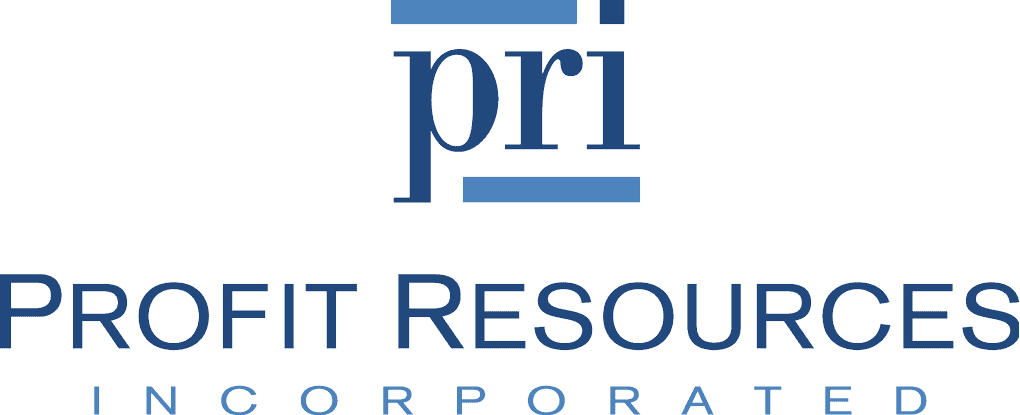
3 Questions to Optimizing Debit Card Profitability in a Deal
Brought to you by Profit Resources

As the banking industry shrinks each year, CEOs often ask what they should look out for to improve profitability during and after a merger or acquisition. There is one area that is all too often overlooked: debit card profitability.
As an ever-growing source of demand deposit account revenue, debit card portfolios require detailed profit and performance analyses to optimize return. Done correctly, the efforts can be extremely fruitful. But there are a few things acquiring banks should keep an eye on when evaluating any acquisition target’s debit card profitability, to learn what is working for them and why.
Three items to consider when entering the M&A process:
1. Know thyself. To accurately gauge the impact of acquiring another bank’s cardholders, prospective buyers should first know where their own institution stands. How much is your bank netting per transaction, or per debit card outstanding? Every bank must know how much money is to be made when they issue a debit card to their customer. This concept is simple enough and is considered the basics of nearly all business, but putting it into practice can prove difficult without the proper knowledge base. Know your institution’s performance before the acquisition, as well as where your institution should to be after.
2. Dissect the income. If an analysis of interchange income reveals that your bank, as the acquirer, is making less interchange income per purchase than the acquired institution, find out why. The acquisition target may have better interchange rates because of a better network arrangement or even just better network agreement terms. This evaluation should not only apply to the networks or the foundation of interchange earning. Oftentimes, the acquired institution has done a better job of marketing and getting their cards into customers’ hands for use. Bigger does not necessarily mean better when it comes to debit card profitability. Choose the arrangement and agreement terms from either institution on electronic funds transfer (EFT) processing, PIN network and card brand that is most profitable.
3. On expenses, timing can be everything. While the acquiring bank often has better pricing on processing expenses, they don’t always – especially on EFT. Most bankers know to evaluate the acquired institution’s contracts to determine buyouts, deconversion and termination penalties and get a general glimpse at the pricing. But there is a present need for a pricing deep dive across all contracts in every single deal – especially when considering a merger of equals or an acquisition that really moves the needle.
Further, this evaluation should not stop at traditional data processing contracts, like core and EFT. It must consider card incentive agreements. Executives should study the analytics around buyout timing on both institutions’ card brands, along with the interchange network agreements. Consider the termination penalties, but also the balancing effect of positive impact, to incentive income of the acquirer’s agreements. Although the bank cannot disclose details of the acquisition, they can keep the lines of communication open with card vendors. There will be a sweet spot of timing in the profit optimization formula, and the bank will want an open rapport with their card-critical vendors.
Debit cards as a potential profit center are often overlooked in the merger and acquisition process, which tends to be geared toward share price and the details of the buyout. However, it is valuable for acquirers to review debit cards in context of the combined bank’s long-term success of the bank, not just focusing on the deposits retained and lost when it comes to income consideration.


